Do You Leave Lanb to Rest Like Beef
Mistakes Everyone Makes When Cooking Lamb
If you're cooking a romantic dinner or holiday meal, you really can't go wrong with lamb. When cooked properly, lamb is juicy, succulent, and flavorful. Most cuts of lamb are naturally tender, so you don't even need to do much to them to create a stellar main dish. It's not like you have to to save lamb for special occasions, either. Cuts like loin chops are quick-cooking, making them equally appropriate for a quick-and-easy weeknight dinner. Unfortunately, people get nervous about cooking lamb. Maybe it's because lamb is not as common in the U.S. as beef or chicken, and the unfamiliar nature of this meat makes it seem more difficult to cook.
While it's true that cooking lamb incorrectly can make it dry or tough, that's true of any type of meat. The good news is that all the mistakes you've made when cooking lamb are easy to fix! If you eat it more often, you'll find that lamb is just as easy to make as beef, chicken, or pork. Many of the cooking techniques you use with other meats also work for lamb, so you can hit the grill, roast it in the oven, or slow-cook it to perfection. All you need to know are how to avoid these common mistakes, and you'll become a lamb-cooking pro in no time.
Not choosing the best cut of lamb
For starters, your lamb might not turn out as you expected if you don't know the difference between the cuts. Each cut cooks differently because some muscles are more worked than others, so it's really important to choose the appropriate cut of lamb before you hit the grill, skillet, or oven. It also turns out that — according to tests performed by Cooks Illustrated — some cuts have a stronger presence of lamb's characteristic "gamey" flavor. They found that lamb shanks and cuts from the shoulder have more gamey flavor than cuts with less fat (like rib chops, loin chops, and rack of lamb).
It all comes down to the cut's concentration of branched-chain fatty acids (BCFAs), a compound found in lamb fat that's responsible for its grassy flavor and aroma. By choosing less fatty cuts (or removing the fat from cuts like leg of lamb), you can reduce the amount of gaminess in the lamb. Looking at where the lamb was raised can help, too. BCFAs are more concentrated in lamb that graze on grass. Since New Zealand and Australian lamb are grass-fed their entire lives, they contain more of these compounds. American lamb, on the other hand, is finished on grain, reducing the BCFAs in their fat and giving them a sweeter flavor.
Choosing boneless lamb because it's easier to carve
If you have the choice between a bone-in or a boneless leg of lamb, we urge you to choose the bone-in meat. Many people opt for the boneless roasts because they seem easier to work with. It's definitely true that a boneless leg of lamb is more effortless to slice after it cooks. That said, you'll miss out on a world of flavor by skipping the bone. The bone adds extra flavor to the meat, similar to how they can create a massive amount of flavor when simmered in water to create broth or stock. As a bonus, bone-in roasts are also more impressive in their presentation, especially if you decide to carve the leg tableside.
Bone-in roasts aren't actually that hard to slice, once you know the right technique. The best way to carve a bone-in leg of lamb is to start with the bone facing towards you. Cut a few slices from the outside edge to give you a flat surface to rest the leg. Turn the lamb so the bone is perpendicular to your knife and start making slices, cutting all the way down to the bone. Most of the slices will stay attached to the bone, but that's okay. When you reach the end, turn your knife parallel to the bone and make a long slice along the top of the bone to release the slices. Then, just turn the leg over and repeat the process.
Cooking lamb straight from the fridge
It's never a good idea to cook any meat straight out of the fridge. According to Bon Appetit, removing your protein from the refrigerator and tempering it to take the chill off — even briefly — will create more evenly cooked, juicier results. The idea is that a chilled piece of meat takes longer to reach the proper internal temperatures. By the time the center reaches the ideal temps, the areas closer to the surface will be overcooked. Instead, if you let the meat come up a few degrees before hitting the grill or placing it in the oven, the center will come up to temperature more quickly.
The Kitchn recommends removing lamb from the refrigerator and allowing it to rest on the counter for an hour or two, depending on the size of the cut. Larger cuts like leg of lamb will take longer to come up to temperature as compared to cuts like loin chops. If you forget to remove the lamb in advance, don't worry; even 10 minutes will help take off the chill. Just don't keep it out of the fridge for more than two hours before cooking it — that's the United States Department of Agriculture's (USDA) maximum recommended time for food safety.
Marinating lamb for too long
Marinating lamb is a great way to infuse extra flavor into the meat, but there is such a thing as marinating for too long. Marinades work by coating the surface of the meat with a flavorful solution of oil, salt, aromatic ingredients, fresh herbs and spices, and acidic ingredients like citrus juice or vinegar. Over short periods of time, these marinades won't break down the proteins in the meat because they can't penetrate the surface. But over time, the acidic ingredients will make the meat's surface mealy and mushy. Those aren't exactly the words we'd like to use to describe an expensive piece of lamb!
If you're using acidic ingredients, Bon Appetit recommends keeping the marinade time to well under 24 hours. They go on to say even 15 to 20 minutes might be enough, especially for thinner cuts like lamb chops. On the flip side, the Kitchn suggests skipping the marinade altogether. Lamb is already a tender cut, so there's no need to treat it with acidic ingredients. Instead, you can spice it up with fresh herbs, spices, and garlic. A good spice rub will accomplish the same intention as the marinade: seasoning the lamb and adding flavor, all without the risk of over marinating.
It's a mistake to skip the spices when cooking lamb
Lamb has a strong flavor and aroma that's often described as "gamey." It can be overwhelming for taste buds that are more accustomed to mild-flavored chicken and pork, and it's even intense compared to other red meats like beef. But that doesn't mean you should avoid cooking lamb; you just might want to amp-up your seasoning game. When correctly seasoned, bold spices can counterbalance lamb's gamey flavors. You don't need to follow a recipe, either. Most herbs and spices work well with lamb, so have some fun and play around with mixing together your own flavorful blend.
You can't go wrong with traditional Mediterranean flavors like garlic, sage, rosemary, or oregano. These spices add pungent, resinous notes that brighten up lamb's intensity. When it comes to grilled lamb, look to cumin and paprika. These ground spices have a slightly bitter, smokey flavor that pairs really well with the charred flavor of the grill. Finally, curry powder is a good all-purpose spice for taming lamb in stews and braised dishes, and it gives the dish an Eastern flair.
Not trimming the lamb
If you're avoiding lamb because of its gamey flavor, you might be able to fix that by trimming your cuts. We already know different cuts have more gamey flavor than others, thanks to the concentration of branched-chain fatty acids (BCFAs) that contribute those grassy or pastoral flavors. But Cooks Illustrated found that these BCFAs are mainly found in lamb fat. By trimming the fat, you may be able to remove most of the gaminess of intense cuts like lamb shoulder or leg of lamb.
Serious Eats took this theory and used it to perform an interesting experiment. Before cooking beef burgers, they added extra ground lamb fat into the mix. They also cooked a lean beef steak in rendered lamb fat instead of regular cooking oil. The results? If the tasters didn't know they were eating beef to begin with, they would swear the steak and burgers were lamb. That's good news for anyone new to eating lamb, or someone who wants to serve this tasty meat to picky eaters. Before cooking the lamb, try trimming off some of the fat. This is especially important in already gamey-forward cuts, like leg of lamb. If you're not comfortable trimming fat at home, you may be able to ask your local butcher for help.
Cooking the cut of lamb incorrectly
You wouldn't cook a brisket the same way you'd cook a steak, so it's a mistake to assume you can cook every cut of lamb the same way. Some cuts of lamb are good for quick-cooking on the grill, but others do much better with a low-and-slow braise or roast. It all comes down to where the cut comes from. Some muscles in the lamb are naturally tender, while others are tougher and need more attention.
In general, the cuts that come from the lower part of the lamb — the shank, leg, and rump — and the front shoulder are full of muscle fibers. These muscles are worked hard during the animal's lifetime. They do better when they're cooked at lower temperatures for long periods of time. Using the slow cooker, the oven, or braising these cuts will ensure they turn out tender. They're also the most flavorful cuts of lamb, so it's worth the wait! The center cuts — loin, ribs, and breast — are naturally tender, so they do better with quick-cooking methods. These cuts are perfect for the grill or a hot cast-iron skillet. These tender cuts are also naturally less flavorful, so it's best to spice them with a marinade or serve a bold sauce on the side.
Overcooking lamb
Here's the thing with cooking meat: The more you cook it, the more it dries out. Scientifically speaking, meat fibers contain water and connective tissue that turns into gelatin as the meat cooks. When the temperatures reach a certain point, that water starts to boil and eventually evaporates. The gelatin can keep the meat juicy and moist until a certain degree, but eventually it will burst and leave your meat without any protection. The result: dry, chewy lamb.
The best way to ensure your lamb stays juicy and moist is to keep it from reaching those well-done temperatures. The official safe cooking temperature for lamb steaks (according to the United States Department of Agriculture) is the medium temperature of 145 degrees Fahrenheit. Like beef steak, most people prefer lamb at more medium-rare temperatures — 130 to 135 degrees. But, if pink meat isn't your style, you can continue to cook it to a medium temperature. Experts don't recommend going much past that because overcooking lamb doesn't capture the best flavor and texture of this expensive meat.
Keep in mind that this doesn't apply to ground lamb. Like other ground meats, a well-done temperature of 160 to 165 degrees is the safest way to go.
Not using a meat thermometer when cooking lamb
Even if you're a professional chef or a backyard grill master, it's really hard to know when meat is finished cooking. You can set a timer and rely on a recipe for help, but each cut of lamb is unique. The lamb chops you got may be thinner or thicker than the one from the recipe, and it's even harder with larger roasts like leg of lamb. Instead of using time as a guideline for when lamb is finished cooking, try using a sure-thing: a meat thermometer.
There are several different types of meat thermometers, but Epicurious recommends using a digital instant-read thermometer. When you think the meat is finished cooking, insert the probe into the thickest part of the meat. If it reaches the desired temperature, you're finished cooking! For large roasts, look to a digital probe thermometer. They can tell you the temperature of the meat while it's still in the oven, so you don't have to open the door and release all the heat inside.
Not letting the lamb meat rest
If you only take one piece of advice from us, let it be this one. Whether you're grilling a burger, roasting a chicken, or cooking lamb, it's absolutely crucial to let meat rest after cooking. When meat cooks, the proteins and fibers inside the meat seize up, release moisture, and become firm. During the resting time, those fibers can relax, reabsorbing the moisture they expelled during the cooking process. If you cut into your lamb straight away, those juices would spill out onto the cutting board instead.
After removing the lamb from the grill or oven, set it on a cutting board for 10 to 15 minutes. Don't worry about it getting cold, because there's something called carryover cooking that happens during this rest period. The lamb will continue to increase in temperature as much as five degrees. If you're worried about it, you can tent a piece of aluminum foil over the steak or roast as it rests.
Slicing the lamb incorrectly
Okay, you chose the right cut of lamb, cooked it to the perfect temperature, and let it rest. All the hard work should be done at this point, right? You're almost there, but you have one more important thing to consider: How to slice lamb. If you cut it incorrectly, you'll end up with tough, chewy meat — even if you cooked it perfectly!
It's all about something called the grain. All meat contains muscle fibers that run parallel to each other. This is the "grain." They're easy to see in tough cuts of meat like leg of lamb, but harder to see in tender cuts like rack of lamb. If you cut with the grain, you'll end up with long strands of fiber in each bite. Your teeth will have to do the work of cutting through the fibers, and the meat will be chewy. Instead, if you position your knife in a "T" to the grain and make perpendicular slices, you'll shorten each muscle fiber to the length of the slice. Those shorter fibers are easier to chew, making the meat more tender.
Serving lamb without a sauce
Lamb has a stronger flavor than chicken or beef, so you might consider serving it with a sauce. This is especially important if you chose a gamey cut of lamb like shoulder chops or leg of lamb. A sauce can provide complementary flavors that make lamb's pastoral flavor more palatable, and it's also a good way to cover up accidentally overcooked meat.
If you're not sure where to start, you can look to the five mother sauces of classic French cuisine — creamy bechamel, tangy bechamel, savory sauce espagnole, light veloute, or meaty sauce tomat. These sauces have many variations that might be a good fit for your lamb. You can also get inspired by global cuisine when making a sauce for lamb. Look to chimichurri from Argentina, Mediterranean mint sauce, curry sauce from India, Middle Eastern yogurt-based tzatziki, or a fiery harissa-based sauce from Africa. No matter what you choose, just make sure it matches the flavor profile of the spices you used during the marinade process.
Source: https://www.mashed.com/54466/mistakes-everyone-makes-cooking-lamb/
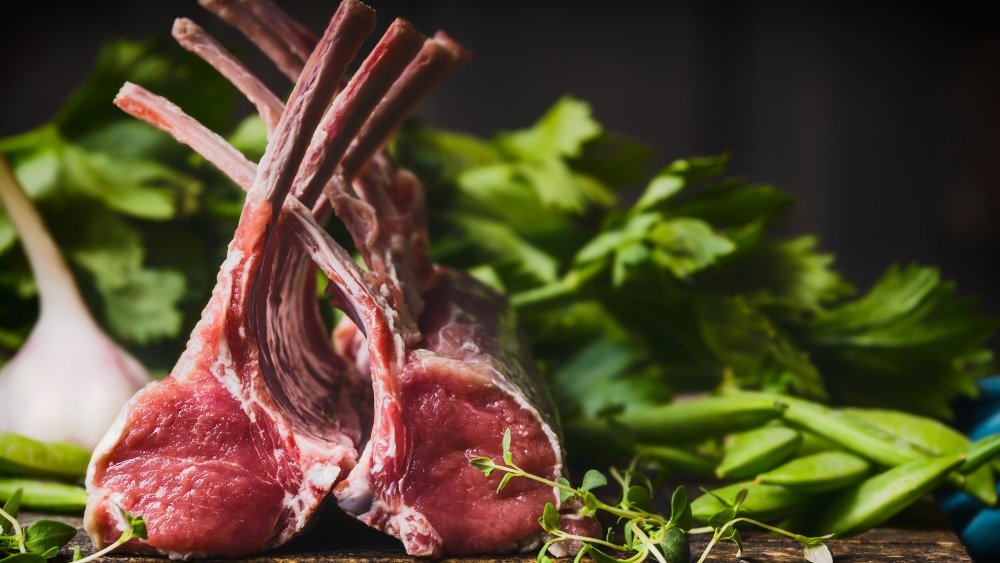
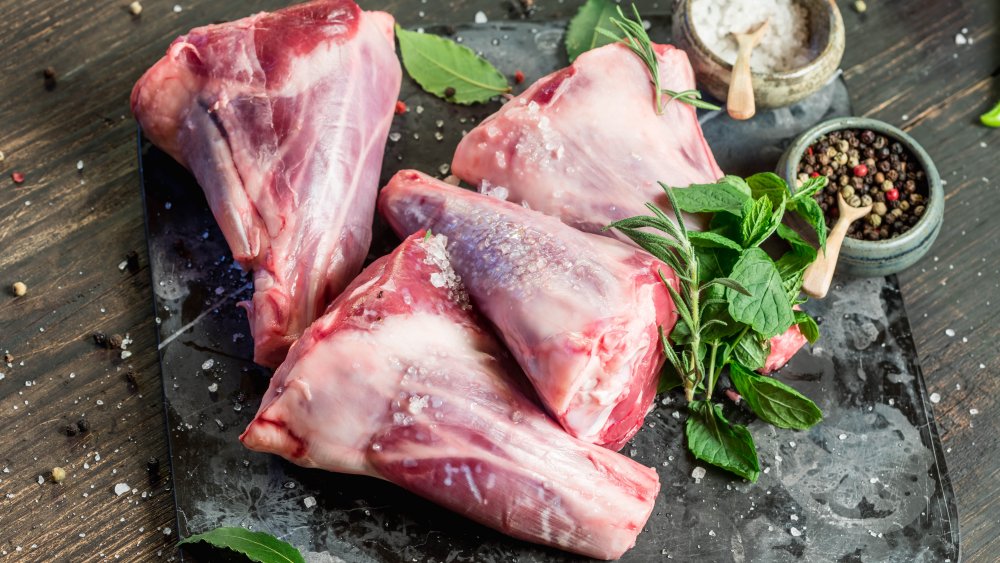
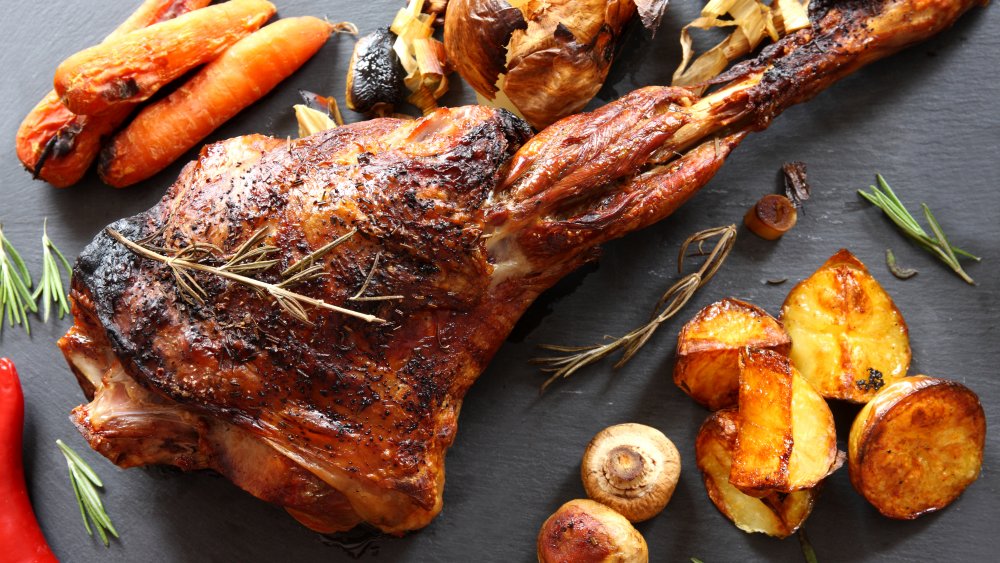
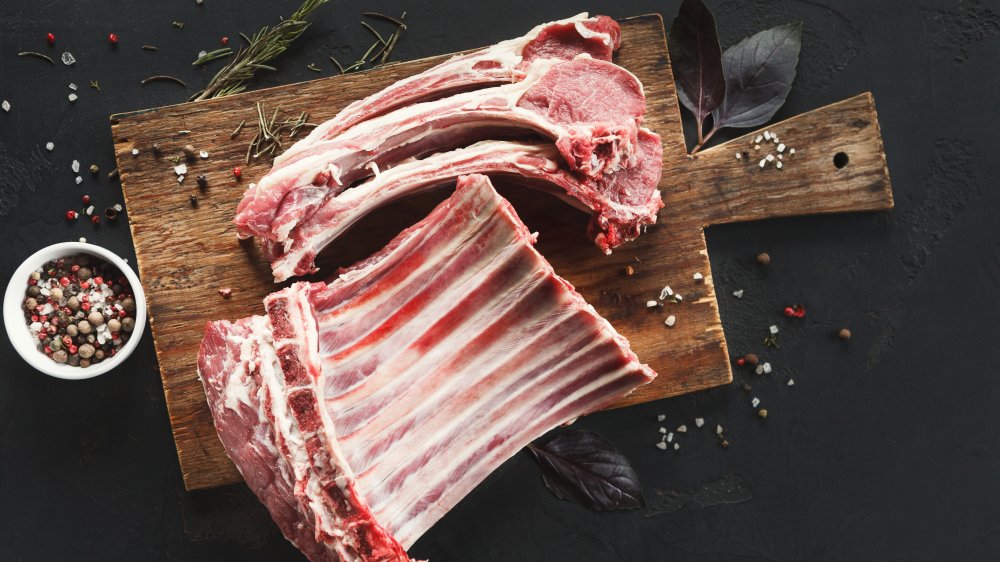
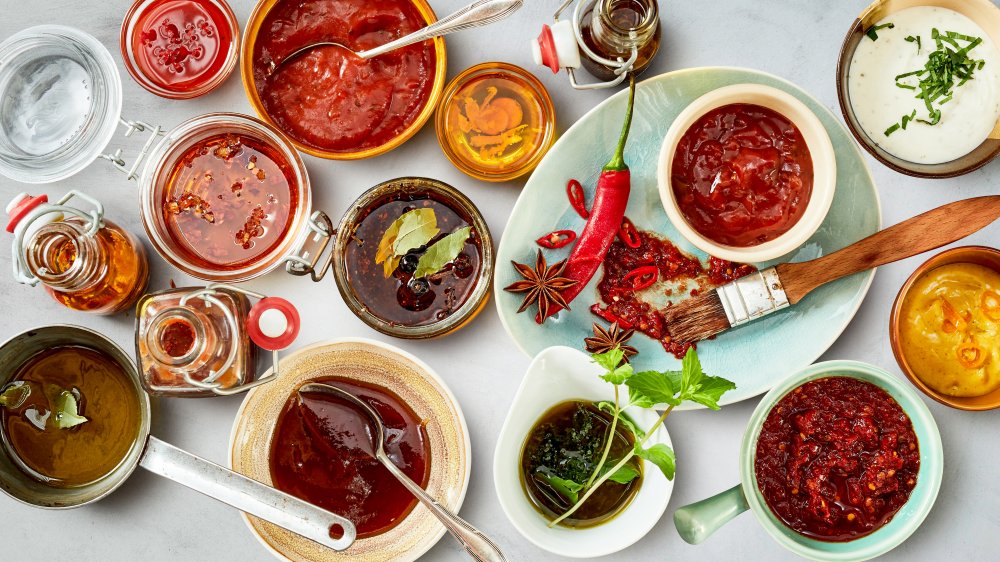
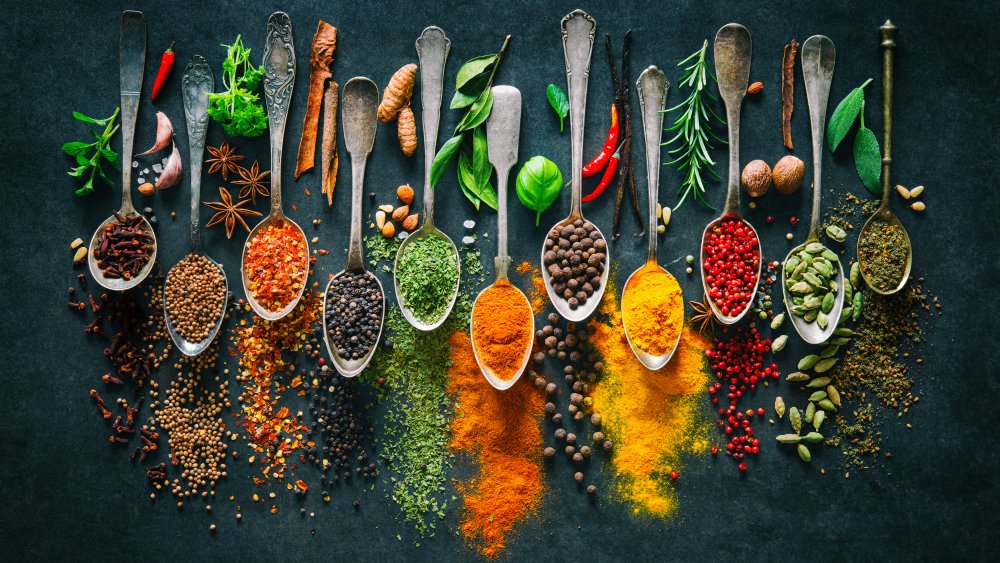
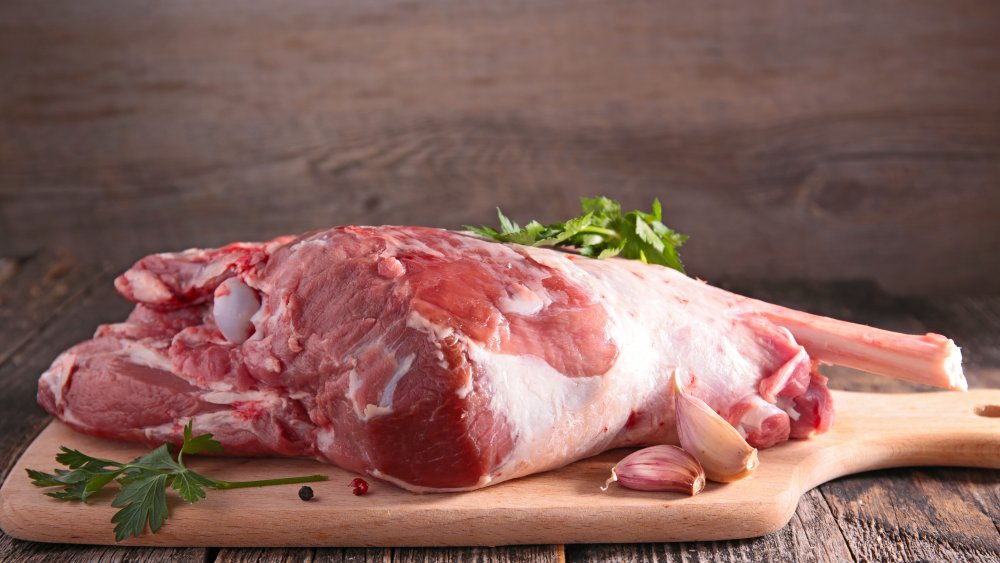
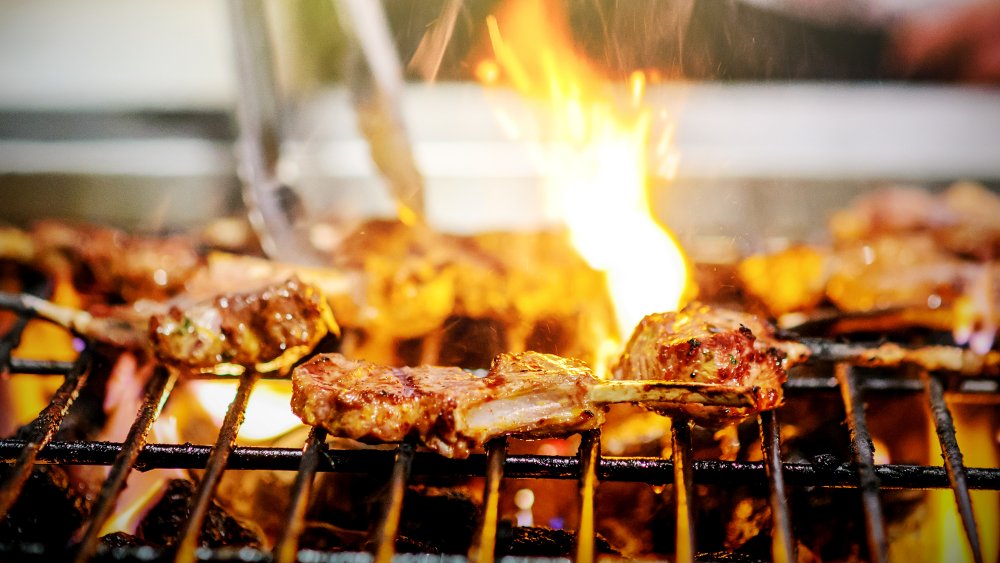
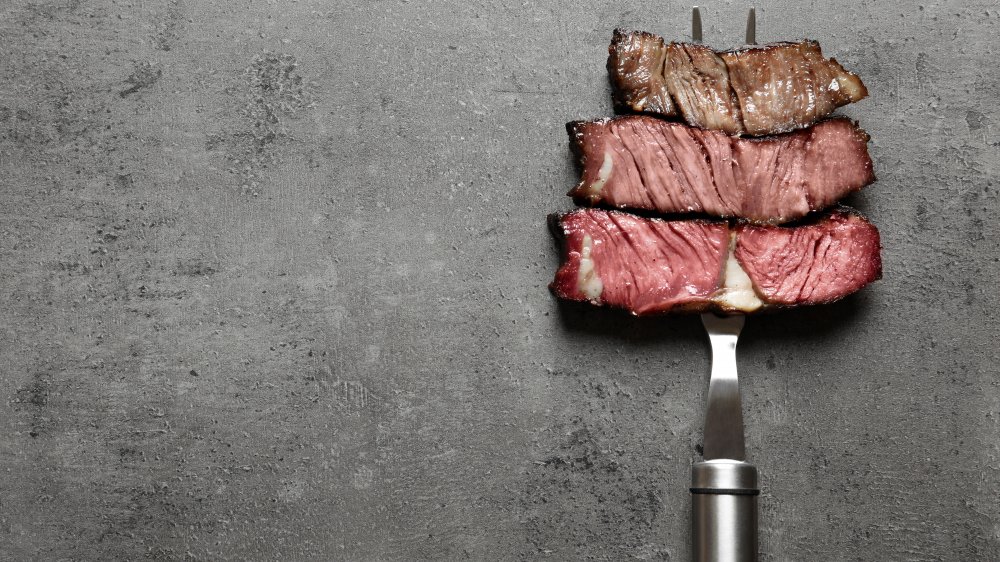
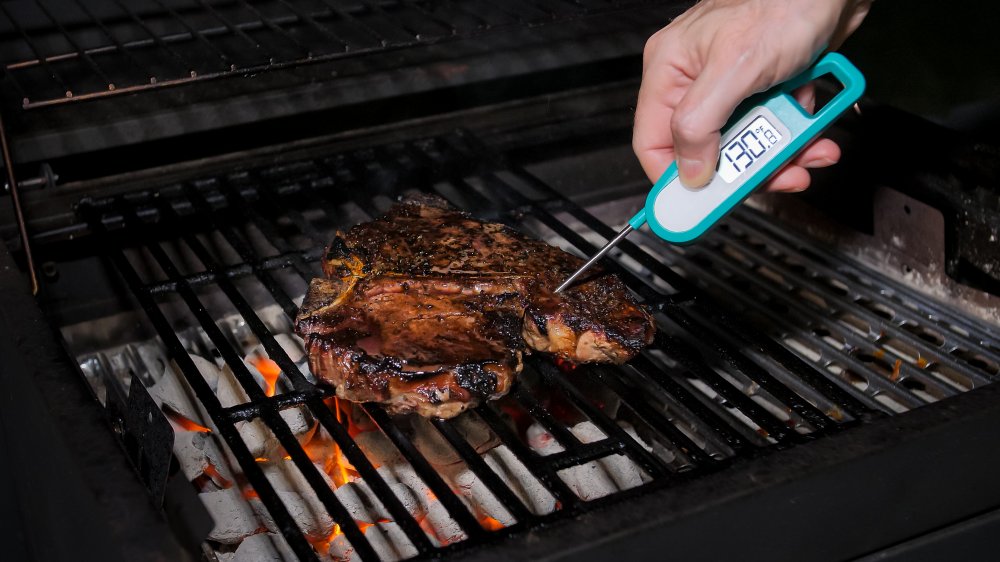
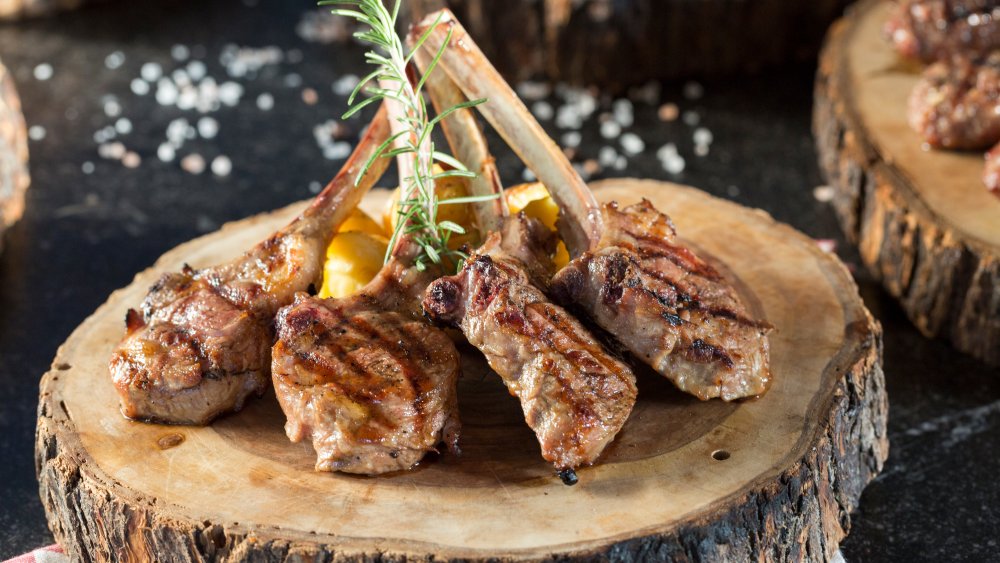
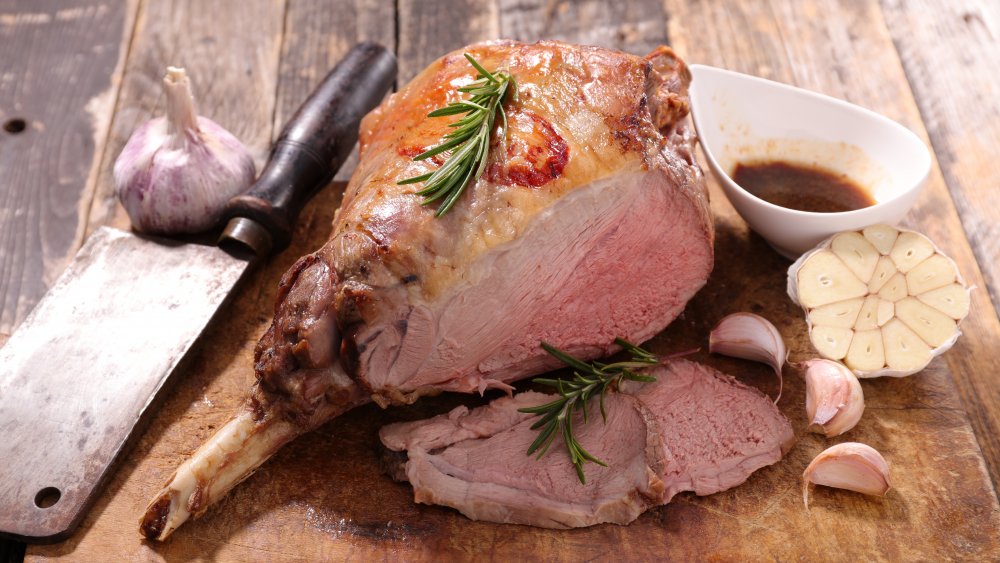
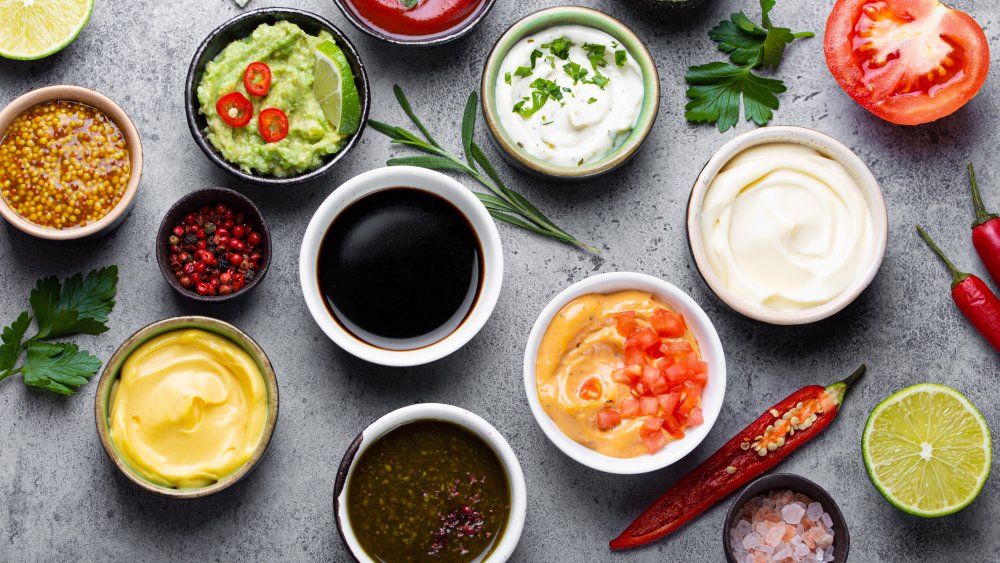
0 Response to "Do You Leave Lanb to Rest Like Beef"
Post a Comment